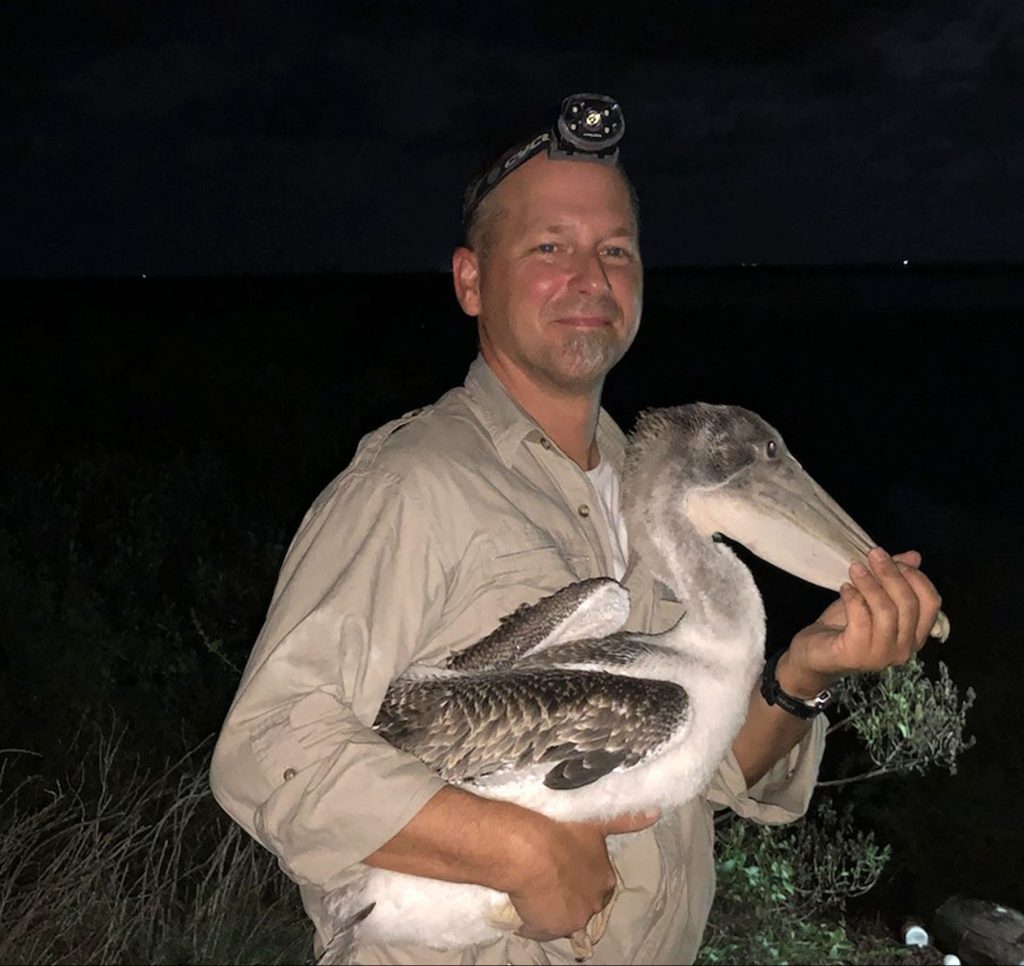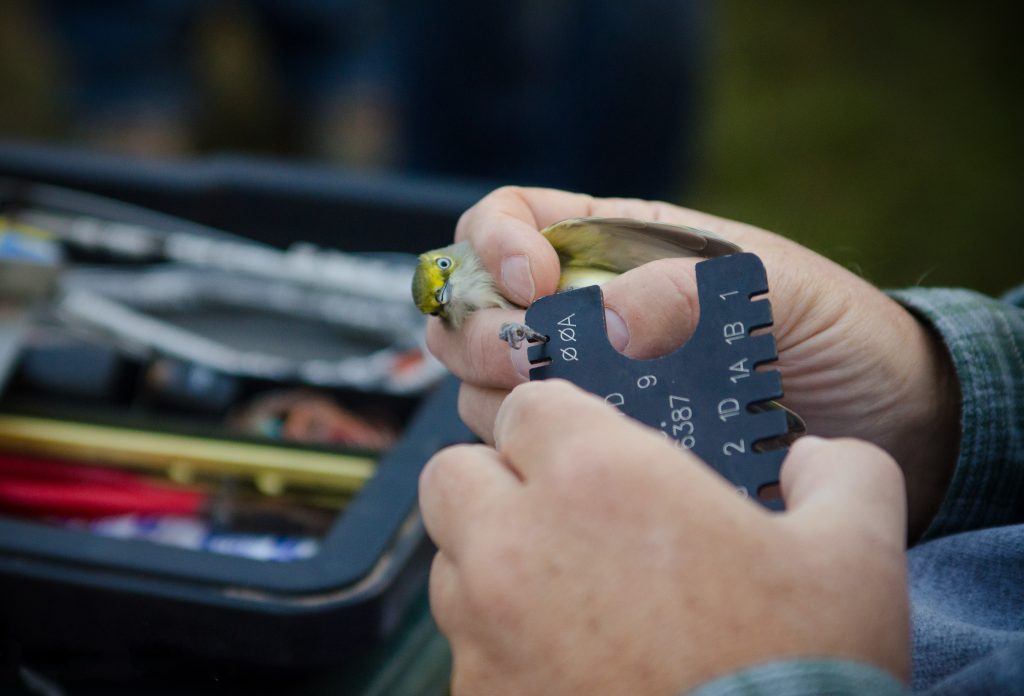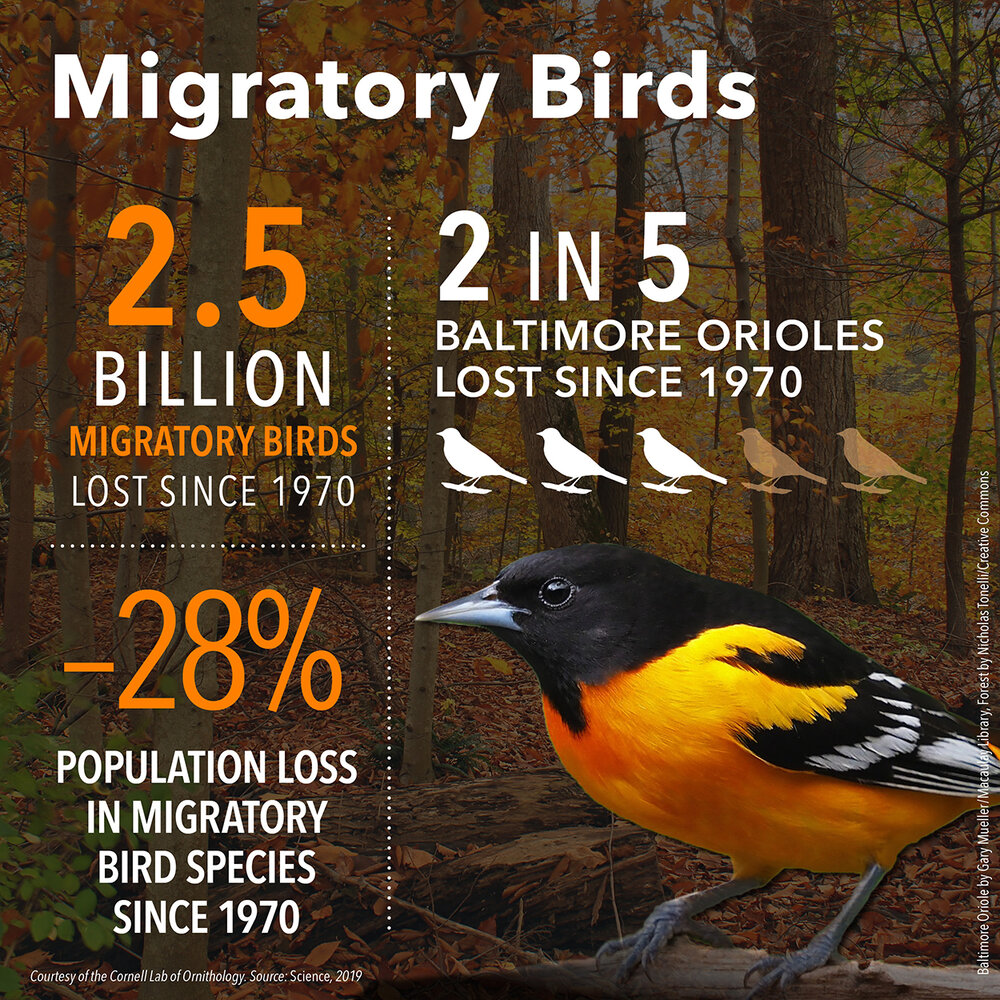
GoMAMN Newsletter: Issue 5
Greetings from the GoMAMN Coordination Committee! This is the fifth issue of the GoMAMN newsletter, which is distributed on a quarterly basis. The purpose of this newsletter is to share information about the Network and ongoing monitoring projects, along with news and opportunities relevant to our work as we collectively strive to advance bird conservation along the Gulf of Mexico.
The GoMAMN Strategic Bird Monitoring Guidelines have been released! A PDF is available for download here and hard copies of the document will be available soon.
Team Member Spotlight: Robert Dobbs

Robert is the nongame ornithologist for the Louisiana Department of Wildlife and Fisheries, where he works on a diverse array of projects, many of which involve monitoring to identify research needs and inform conservation actions to benefit Louisiana’s bird species of greatest conservation need.
Rob has been involved with GoMAMN since 2015, has contributed to the Landbirds chapter of the Strategic Bird Monitoring Guidelines, and now serves on the Coordination Committee.
In this interview, Rob provided us with details on his background and his perspective on avian monitoring in the Gulf. We also learn who Rob’s favorite Beatle is and where in the Gulf might have the best bird-to-human ratio.
Monitoring Project Highlight: A multiscale approach to understanding migratory land bird habitat use of functional stopover habitat types and management efforts
By T.J. Zenzal
It is hard to believe that many of the small “backyard birds” people see during spring and autumn can make migratory journeys that span thousands of kilometers. In fact, over two-thirds of all land birds (i.e., those not associated with aquatic habitats) and over half of the migratory species in North America move long distances to areas in Mexico, Central and South America, and the Caribbean islands. Some have argued that long-distance migrants experience the best of two worlds by virtue of their migratory strategy: increased reproductive success by breeding in food-rich, competitor-poor temperate areas and increased survival by wintering in warmer tropical areas. However, traveling long distances across areas that vary physiographically comes with considerable risks, and the mortality associated with long-distance migration may be substantial, especially among young, inexperienced birds making the journey for the first time.
Although many migratory land birds are capable of making spectacular, nonstop flights over geographic barriers, including the Sahara Desert, the eastern Atlantic Ocean, and the Gulf of Mexico, few actually fly nonstop from their point of origin and their final destination. Rather, they make periodic stops lasting a few hours to a few days before resuming migration. The place where a migratory bird pauses for some length of time between migratory flights is called a stopover site. For birds crossing the Gulf of Mexico that must contend with a 13 to 32 hour nonstop flight, the habitats along the northern Gulf of Mexico coast provide the last possible stopover before autumn migrants make a nonstop flight south and the first possible landfall for birds returning north in the spring.
Paper Highlight: “Decline of the North American avifauna”
by Kenneth V. Rosenberg, Adriaan M. Dokter, Peter J. Blancher, John R. Sauer, Adam C. Smith, Paul A. Smith, Jessica C. Stanton, Arvind Panjabi, Laura Helft, Michael Parr, and Peter P. Marra
Key Takeaway Points:
- A comprehensive analysis of North American bird populations, taking into account both increases and declines across 529 species, documented a net loss of 2.9 billion breeding birds since 1970 (29%), with the largest losses in grasslands (720 million), boreal forests (500 million), and across common and familiar species in nearly every habitat.
- An independent analysis of data from 143 weather radar stations indicated a similar large loss in the total biomass of migratory birds over the U.S. in spring—a 14% decline in just the past 11 years.
- The pervasiveness of bird declines suggests multiple interacting threats, with loss of habitat to agricultural and urban expansion by far the largest factor, followed by the unnecessary deaths of billions of birds from anthropogenic sources such as free-roaming cats, pesticides, and collisions with glass and other structures.
- The remarkable recovery of Bald Eagle and other raptor populations following the banning of DDT, and the intensive management of increasing waterfowl populations for recreational hunting offer examples of resilience and hope, as well as models of conservation success that need to be replicated for other groups of declining birds.
News
Events
Gulf of Mexico Oil Spill & Ecosystem Science Conference
February 3 – 6, Tampa, FL
Texas Land Conservation Conference
February 26 – 28, Austin, TX
Texas Bays and Estuaries Meeting
April 23 – 24, Port Aransas, TX
State of the Coast Conference
May 26 – 28, New Orleans, LA
Opportunities
Science Policy Fellowships and Early Career Fellowship applicationss are now open
Early Career Fellowship applications are due on February 19
Science Policy Fellowship applications are due on March 4
NAWCA Grant Proposals
Next Deadline February 21
Did you know?
Northern gannets, which can be found in waters of the Gulf of Mexico from the fall-early spring, only breed in select island colonies located off the east coast of Canada in the North Atlantic
For more information contact Randy Wilson or Rachel Kirpes


